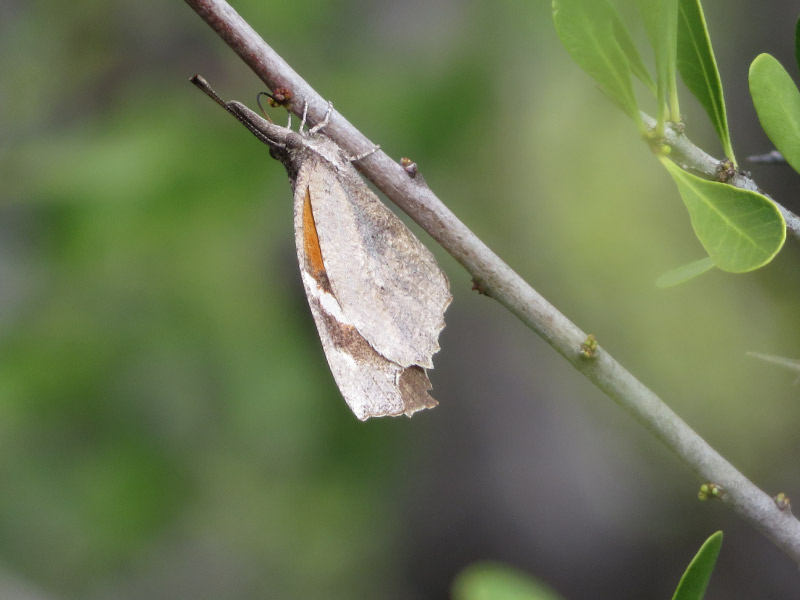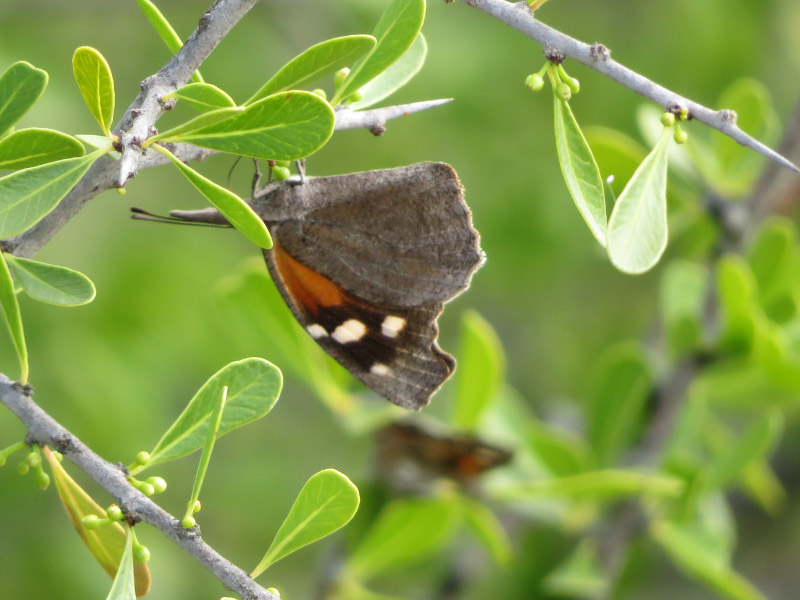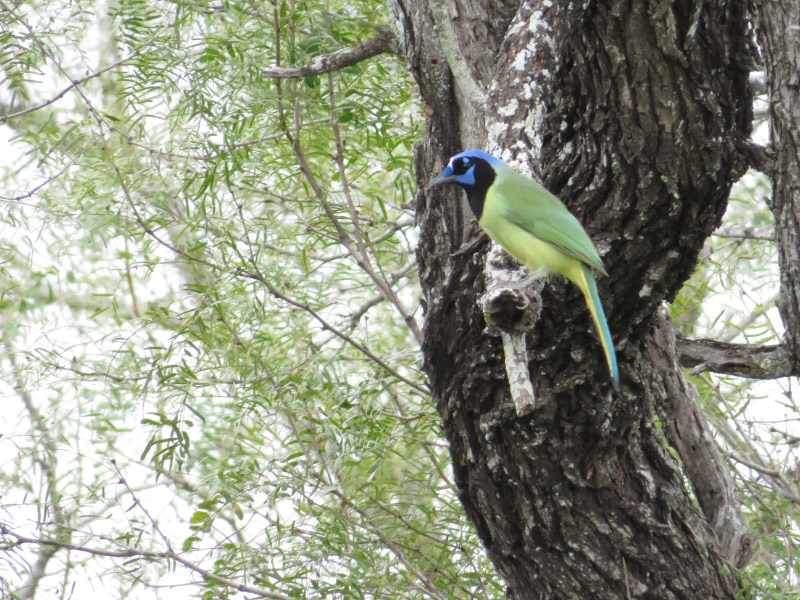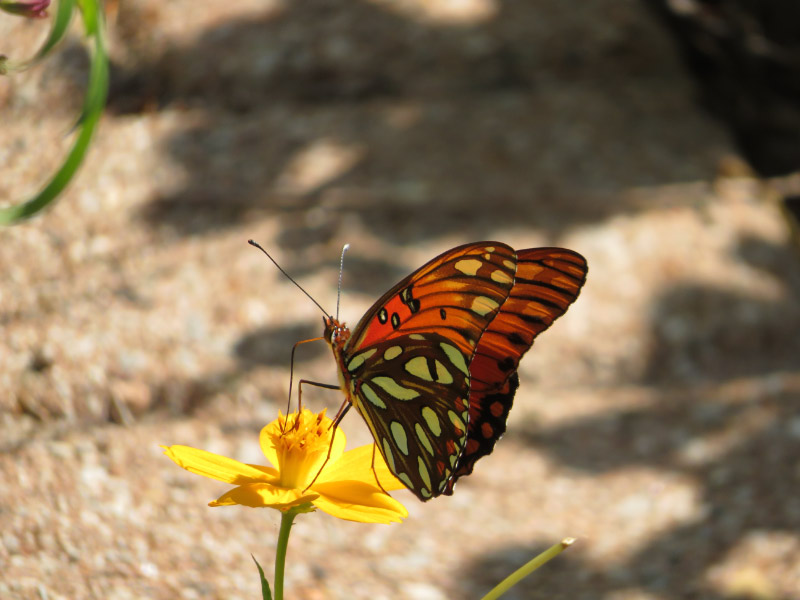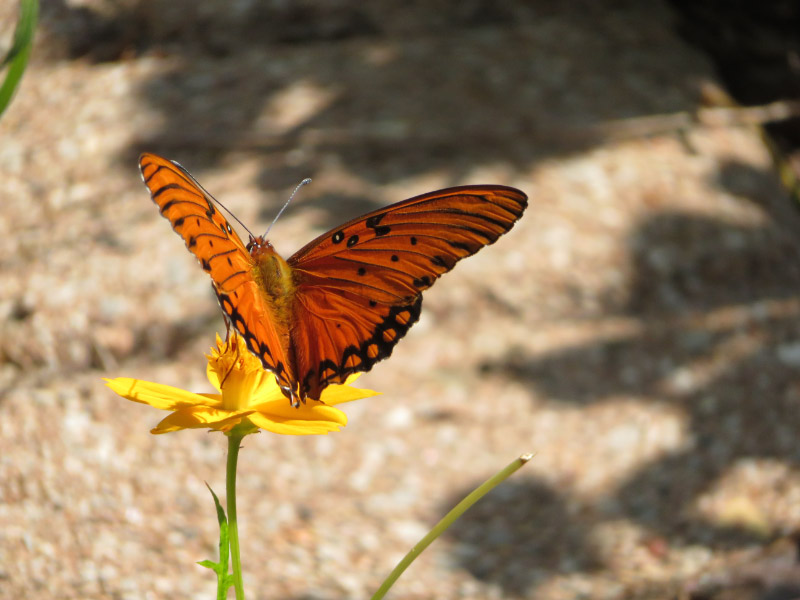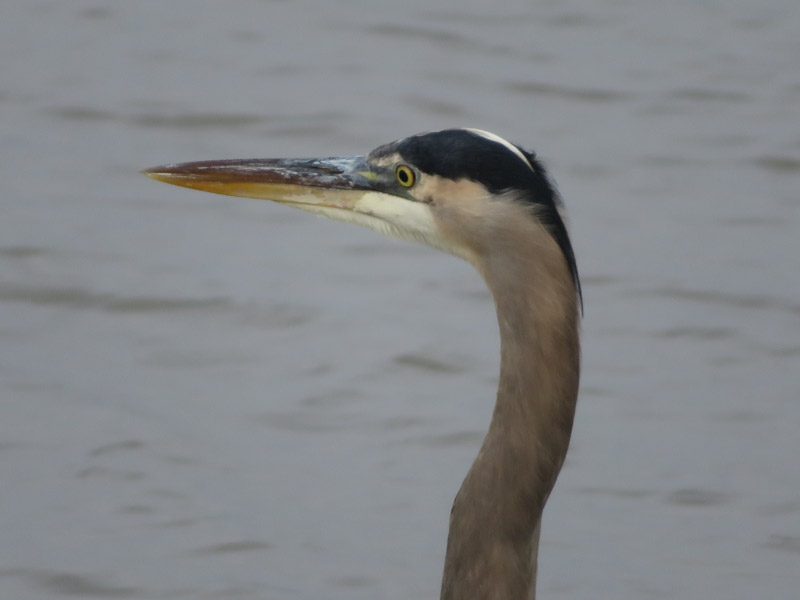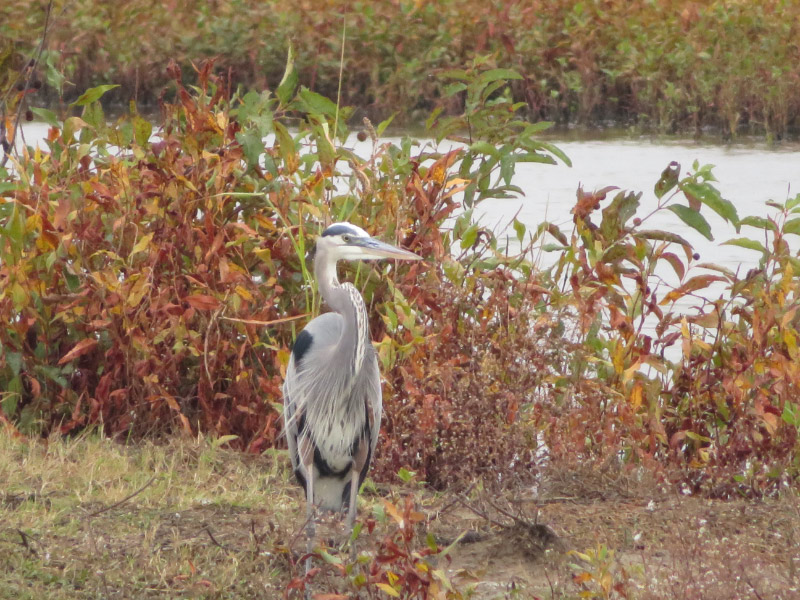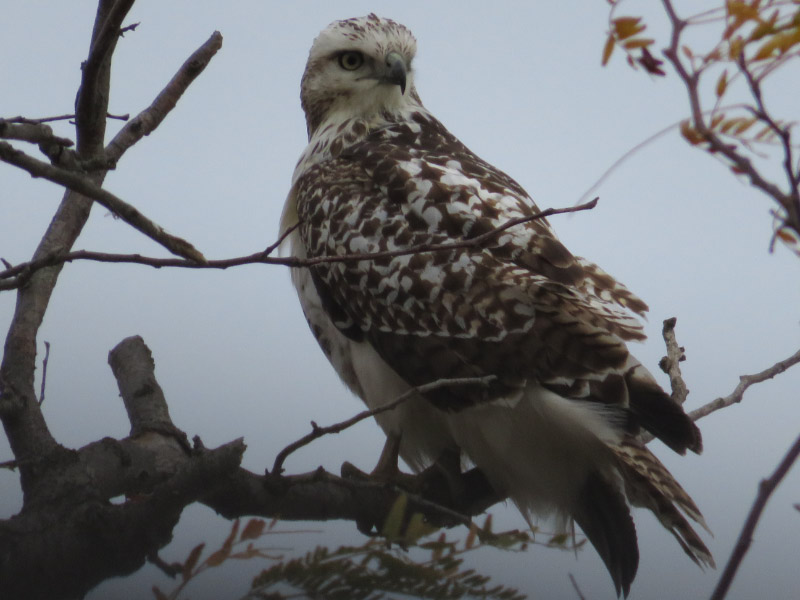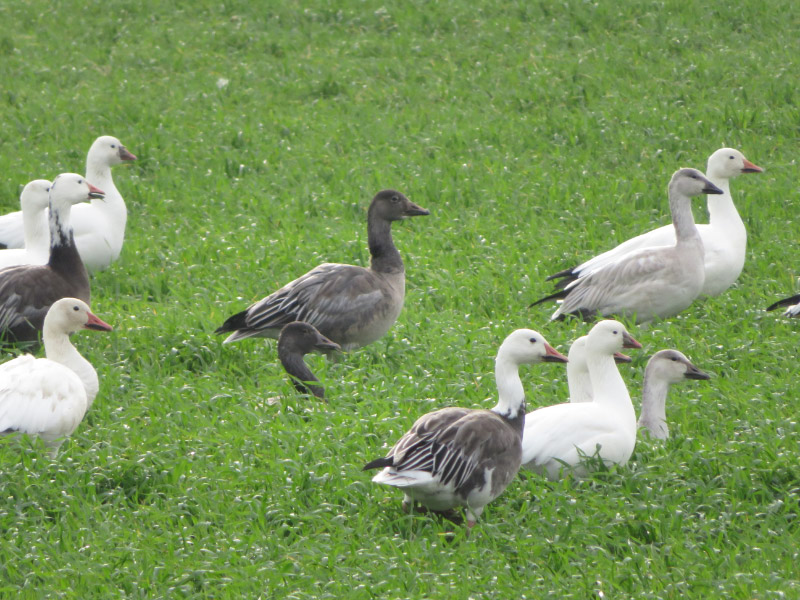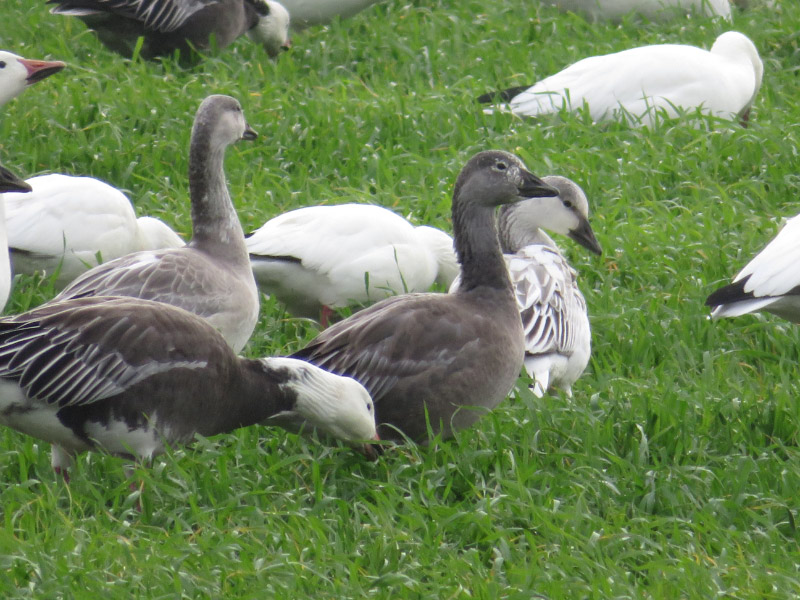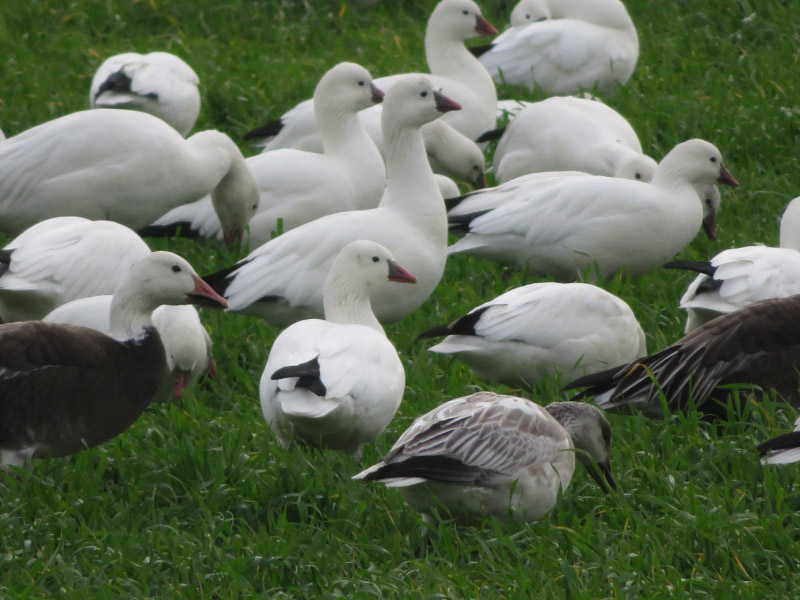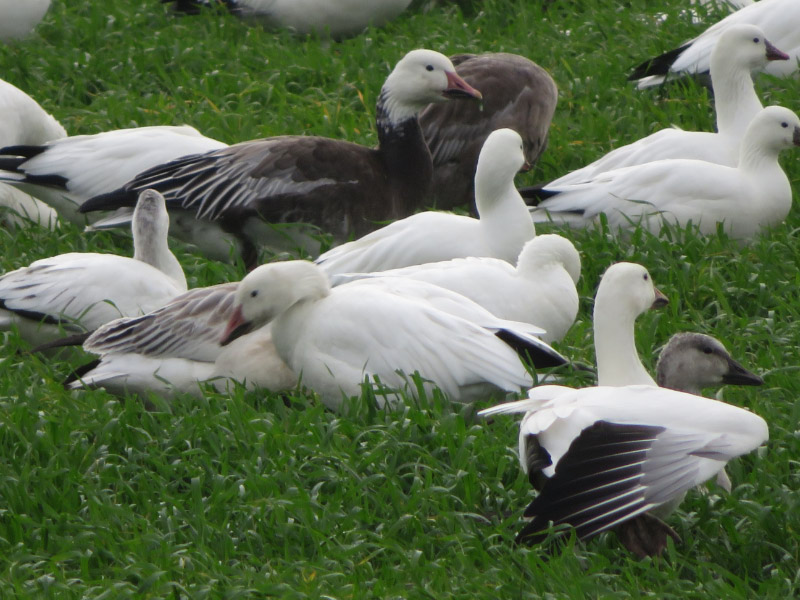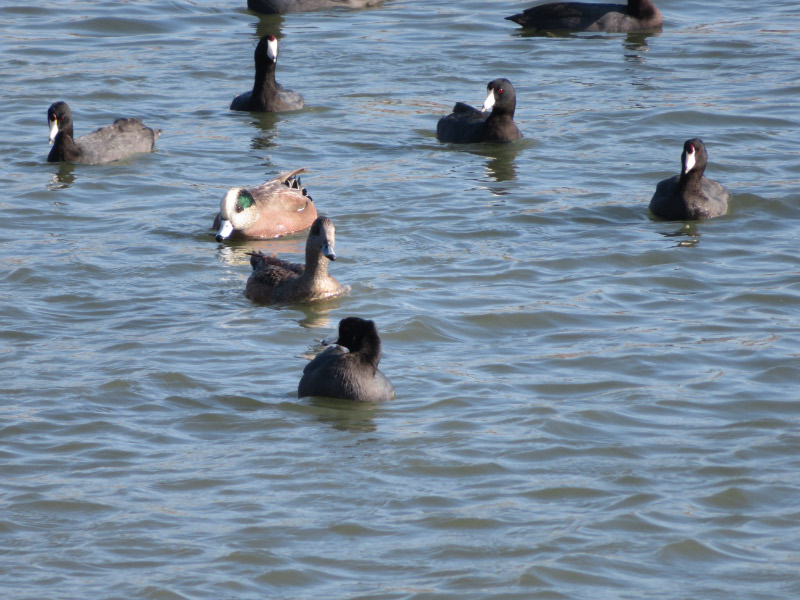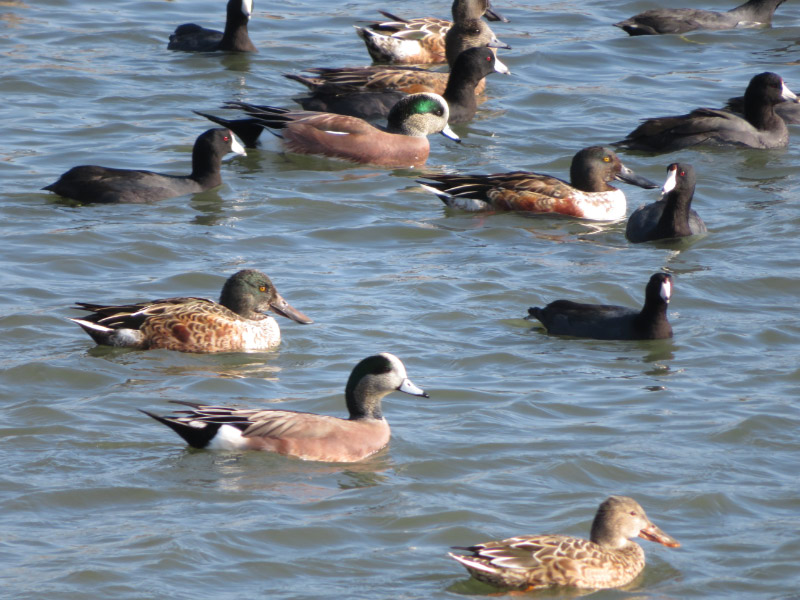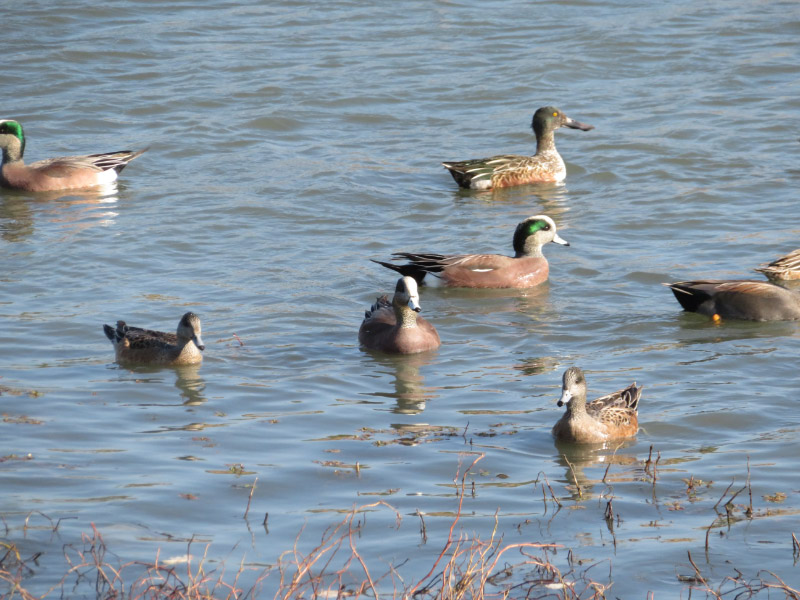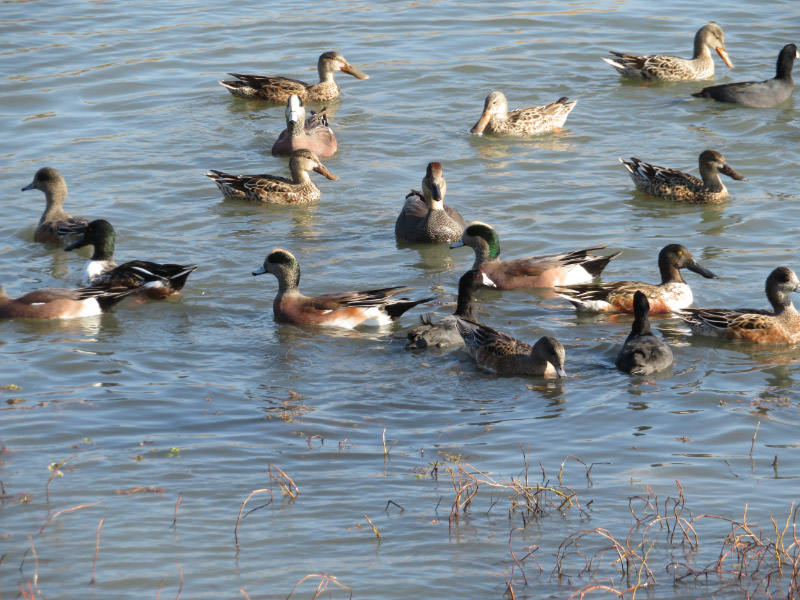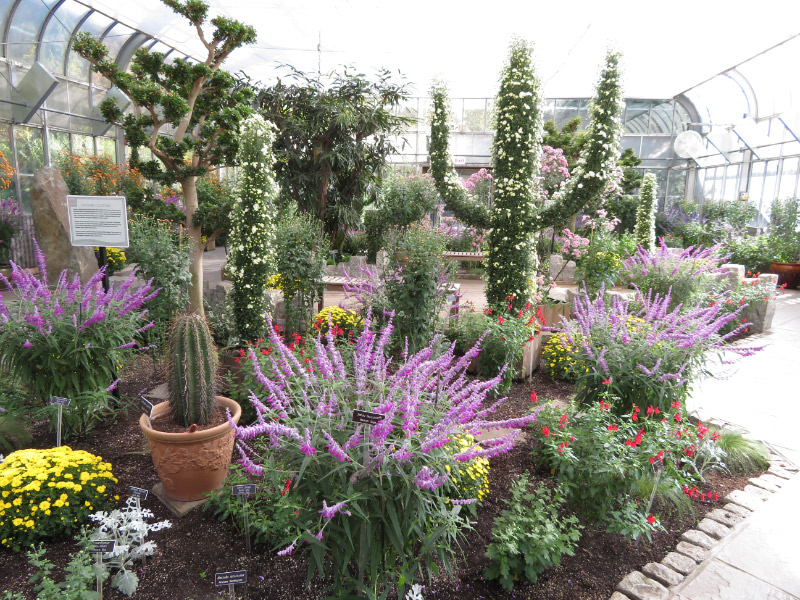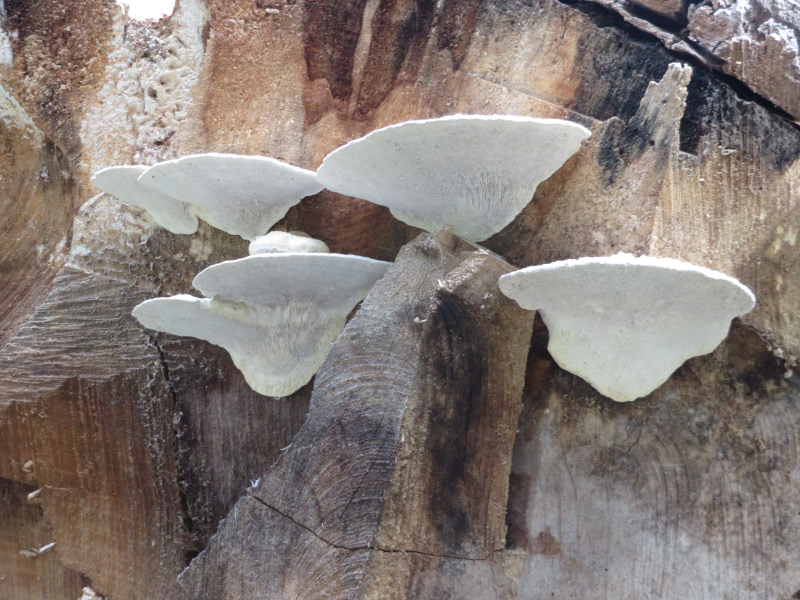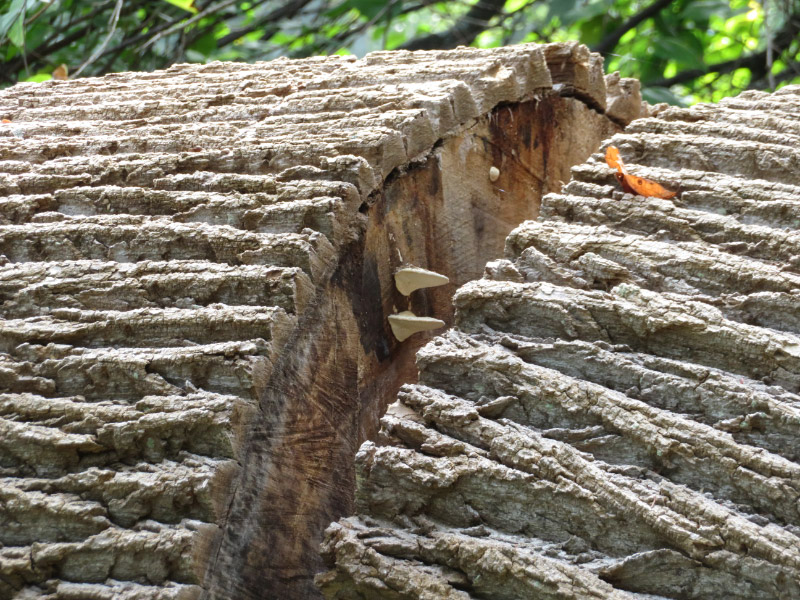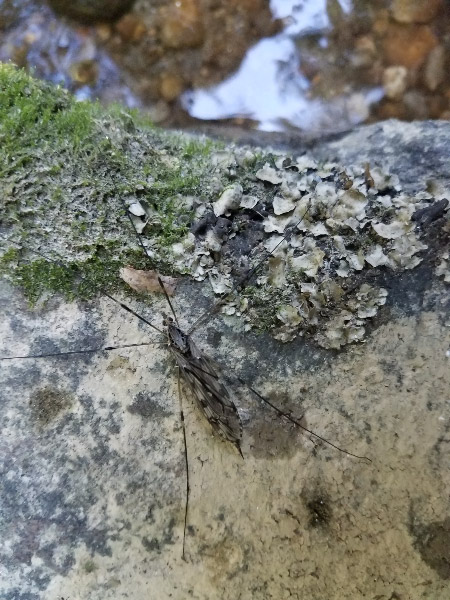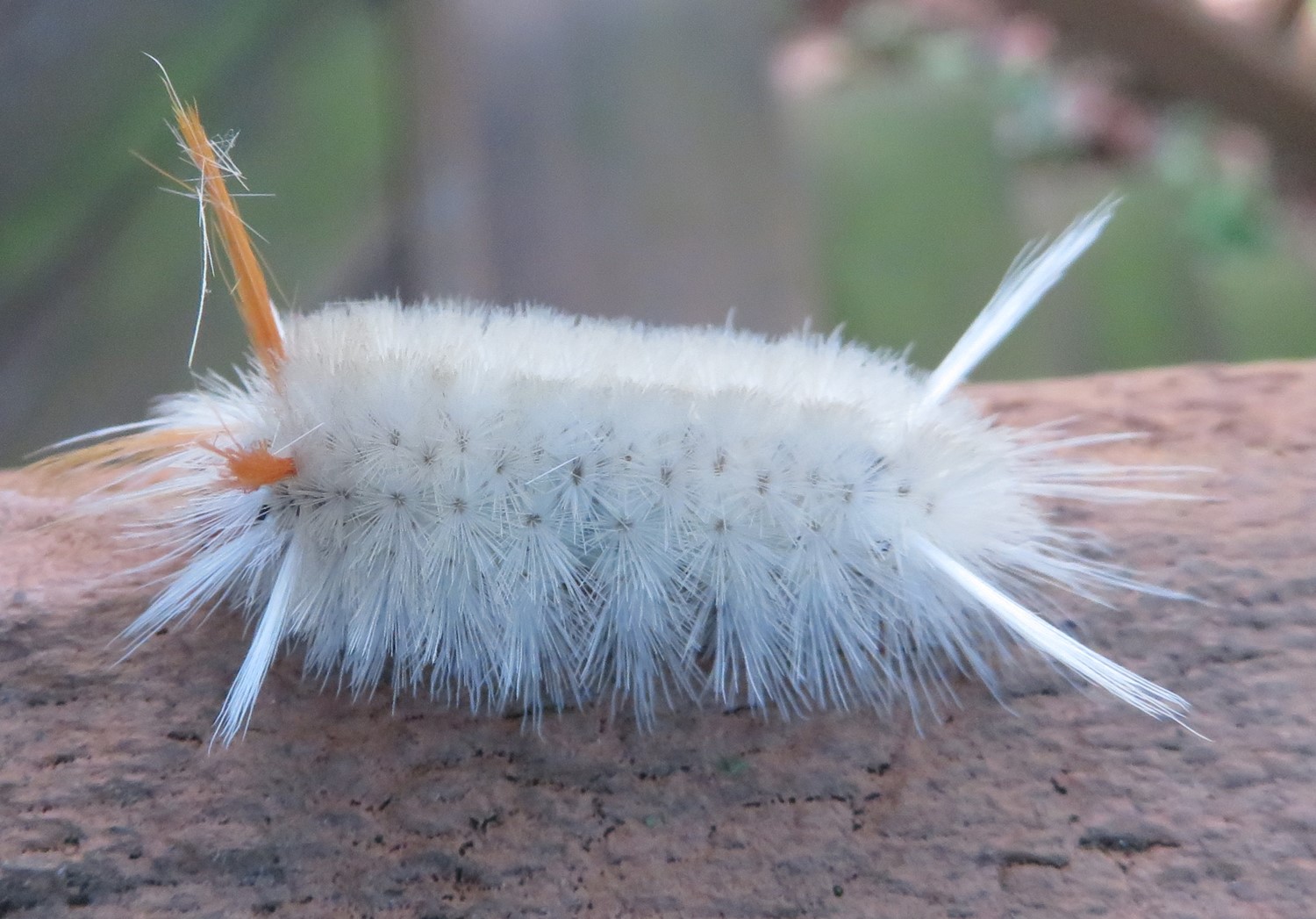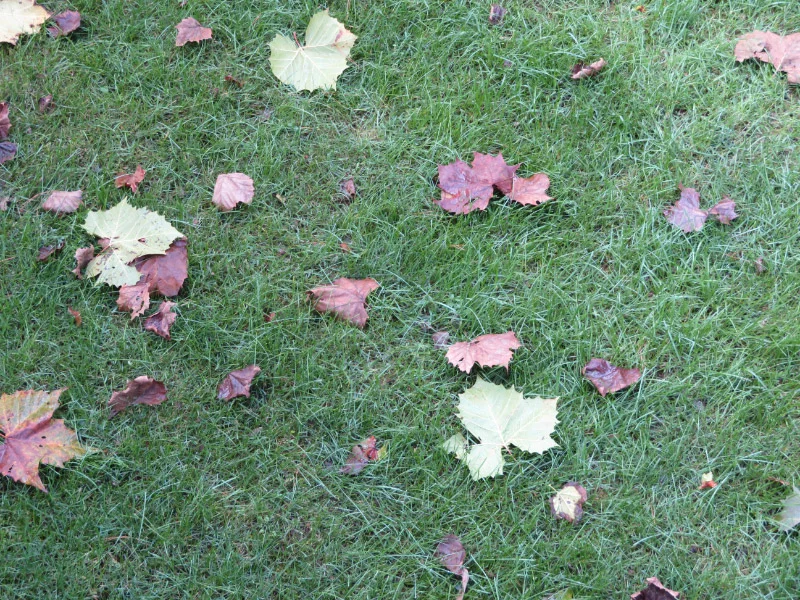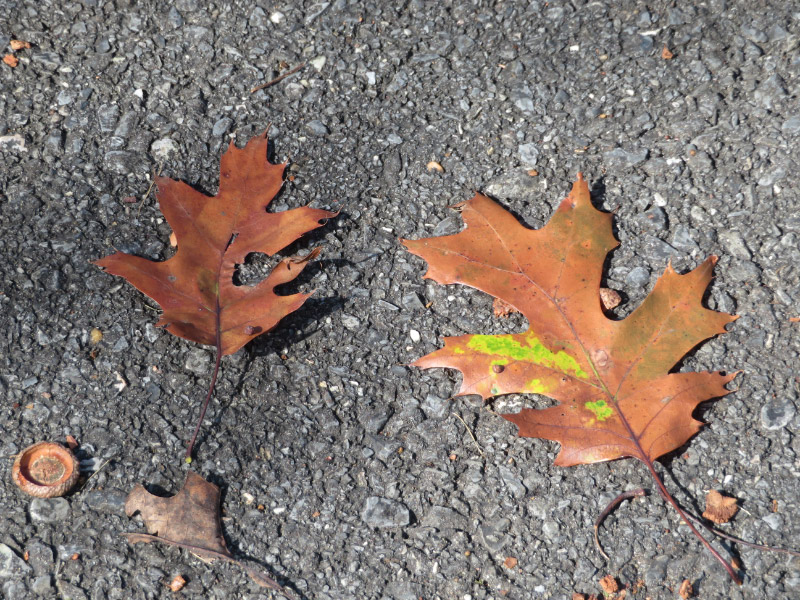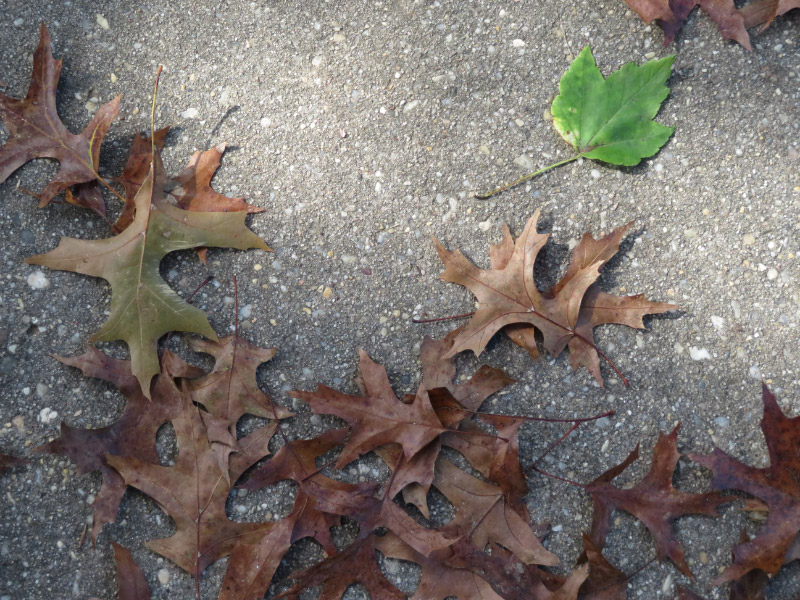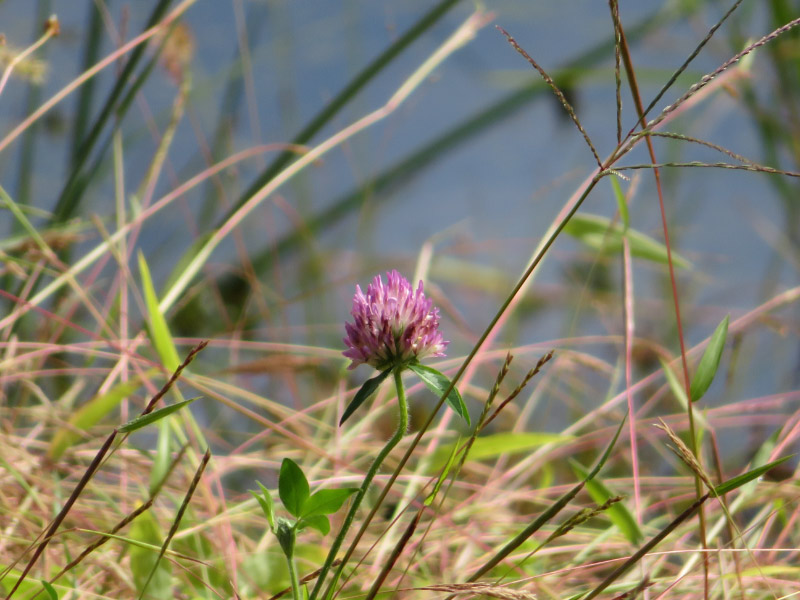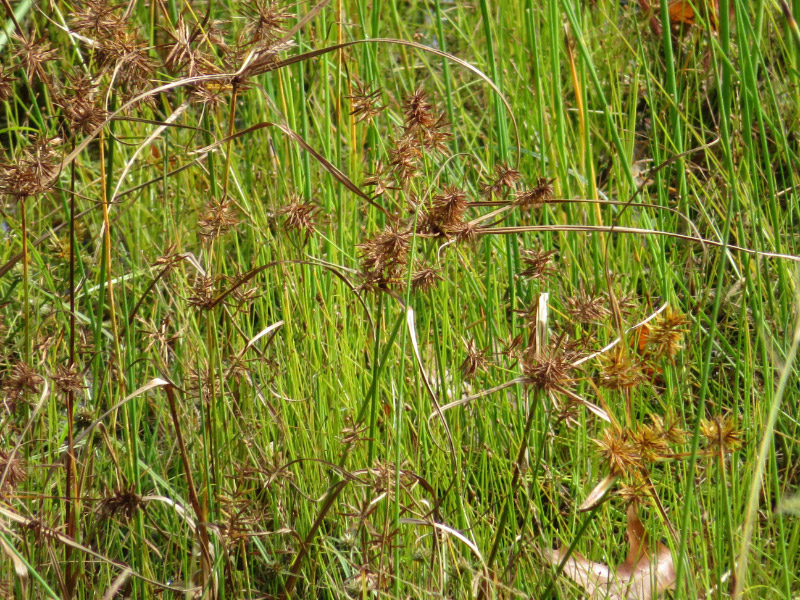Las Estrellas
/Our first field trip of the Rio Grande Valley Birding Festival was to Las Estellas – a Nature Conservancy preserve near Rio Grande City. The vans left at 5:30 AM…normal for birding festivals. The day was cool and gray…thankfully not wet. We had a rest stop along the way and spotted a Cooper’s Hawk on a light fixture in the parking lot. Not a bad way to start a birding week!
The preserve is not one that is open to the public. It protects some endangers Star Cactus. The previous weeks had been dry, so they were hard to spot – flush with the ground and blending in with the pebbles and sand. Once we spotted one, our eyes became more trained and more were spotted.
This will tree was in an area that is sometimes full of water. There was still a little water in the lowest part of the area – often enough to keep other plants from growing.
Walking around the preserve gave us a preview of many of the south Texas plants.
We could see the wind turbines through the mists. South Texas is evidently as much a part of wind energy in Texas as West Texas.
There were migrating butterflies that we saw in the air – but they weren’t settling anywhere (no photos). There two types of small butterflies that I managed to photograph: Reakirt’s Blue
And American Snouts – with very unusual mouthparts!
We didn’t see a lot of birds; the weather was cool and damp so they were not very active. A Northern Cardinal and a Green Jay were about all we saw; at least they were colorful.
On the way to our next destination, we saw a Harris’s Hawk. I managed to get a blurry picture through the van window…but it is good enough to identify it!
Next stop was Rancho Lomitas. I’ll post about our experience there on Sunday.















